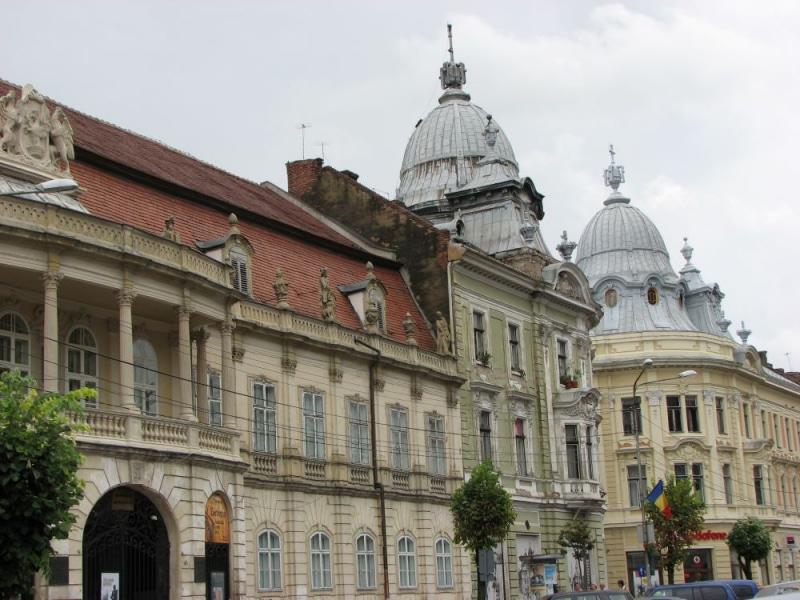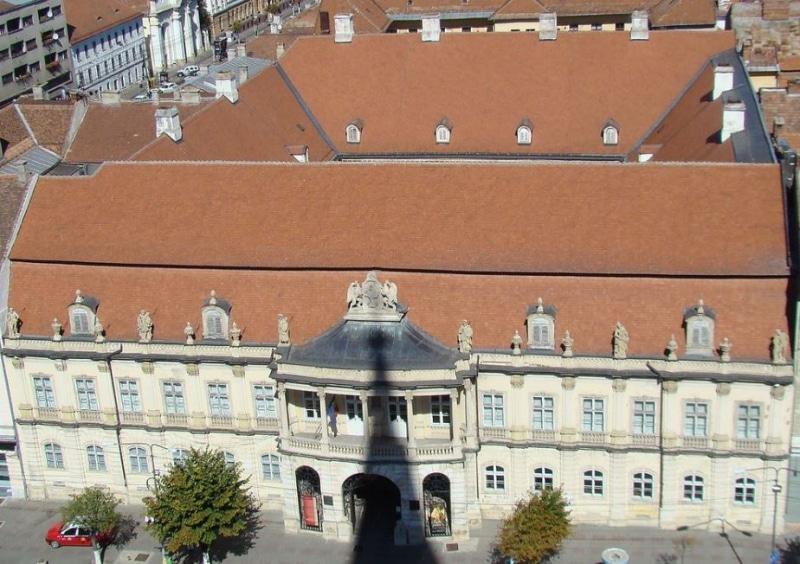Art Museum of Cluj-Napoca
Removed from Unnamed collection





Source: Sam Zoon Images may be subject to copyright. Learn More
Nestled in the heart of Cluj-Napoca, the Art Museum stands as a cultural beacon dedicated to preserving and celebrating both Romanian and global art. This treasure trove, housing over 12,000 works including paintings, sculptures, graphic arts, and decorative pieces, ranks among Romania's most esteemed museums. Established in 1951, the museum found its home in the Banffy Palace in 1956. This stunning baroque masterpiece was designed by architect J.E. Blaumann and constructed between 1774 and 1785. Originally intended as the residence for the governor of Transylvania, it is the most significant baroque structure in Cluj-Napoca, representing a pinnacle of 18th-century Romanian architecture. The palace's stone decorations were further enhanced by the exquisite sculptures of Anton Schuchbauer, adding a touch of artistic brilliance to its grandeur.
Stepping inside, visitors are greeted by an ambiance that effortlessly blends history with creativity. The museum often hosts temporary exhibitions and events, making every visit a unique experience. For art lovers and history buffs alike, the museum offers an insightful glimpse into the evolution of art across centuries. Moreover, Cluj-Napoca itself is a lively city with a thriving arts scene, ensuring there's plenty to explore beyond the museum's walls.

 Sam Zoon
Sam Zoon  Romania
Romania